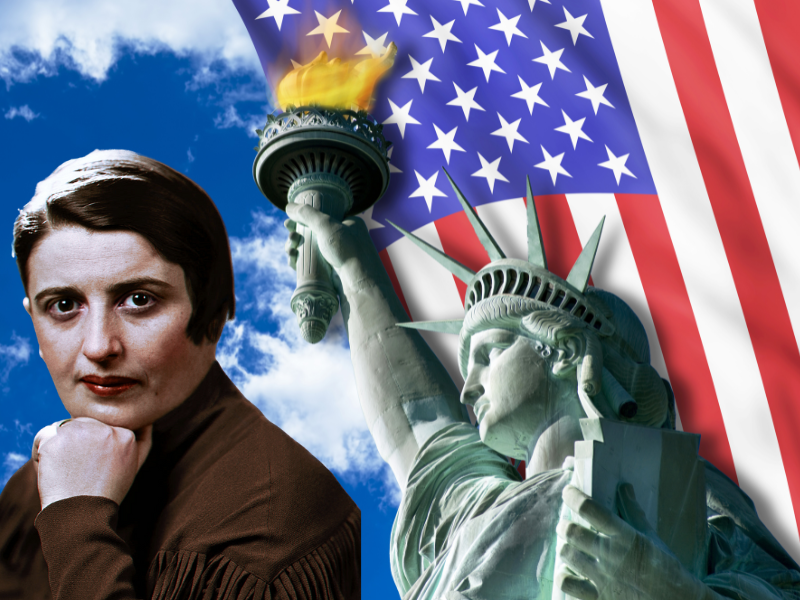Taxes on wireless telephone service in the United States have climbed nine times faster than those on general business since January 2003, putting a damper on the growing use of wireless communications, according to Jim Schuler, director of policy at the Cellular Telecommunications & Internet Association (CTIA).
In 19 states, a double-digit percent portion of a wireless customer’s service bill is due to taxes. In five states–Florida, Illinois, Nebraska, New York, and Washington–taxes make up more than 20 percent of the bill, said Schuler. Several other states are nearly at 20 percent.
For most businesses, the tax burden is about 6.5 percent, he said.
“Taxes on wireless service keep piling up,” said Schuler. “The average monthly wireless bill has decreased 37 percent over the past decade, but 19 states now impose double-digit taxation on wireless service, and the trend is increasing.”
Most Competitive Telecom Market
Schuler said the wireless telephone sector is the most competitive in the telecommunications marketplace, a conclusion shared by the Federal Communications Commission (FCC). The Ninth Annual Competition Report of the FCC, released in September 2004, noted that of all areas of the telecom industry, the wireless sector is delivering the lowest prices, the most choices, and the most innovative new services to American consumers.
“We’re an enormously competitive industry, which is what makes these high taxes so bad,” Schuler said. “We don’t have a guaranteed rate base. We must compete for consumers. We don’t have a group of customers who are captured and unable to move to competitors. High taxes hurt competition.”
In “The Excessive State and Local Tax Burden On Wireless Telecommunications Service,” published in the July 19, 2004 edition of State Tax Notes, economist Scott Mackey at the Kimbell Sherman Ellis public affairs firm noted, “Many of the taxes imposed by state and local governments are throwbacks to the monopoly telecommunications era. These taxes are levied at rates significantly above those of consumption taxes (typically sales and use taxes) on other goods and taxable services.
“Despite the fact that congressional policy enabled the U.S. wireless industry to develop as a competitive industry, state and local policymakers continue to impose monopoly-era telecommunications taxes on wireless service in the interest of ‘competitive neutrality’ with other types of telecommunications service,” Mackey said. “A more appropriate policy would be the elimination of excessive taxes on all telecommunications service, not the expansion of excessive taxes to wireless service.”
Consumers Sensitive to Prices
Schuler said in the days of monopolistic telephone service, consumers could not significantly change their telephone habits in response to pricing. But with the advent of competition brought about by the development of wireless technology, price has become a major factor in the choices consumers make, Schuler said.
Mackey made a similar point in his article.
“Recent studies have estimated that the price elasticity of demand for wireless service is between -1.12 percent and -1.29 percent, meaning that every 1 percent increase in price reduces demand for the service by between 1.12 percent and 1.29 percent,” Mackey wrote. “When a state like Florida or New York imposes a 16 percent tax on wireless service, demand for wireless service is reduced by between 17.9 percent and 20.7 percent.”
J. Gregory Sidak, resident scholar at the American Enterprise Institute, agrees that the demand for cell phone usage is more price-sensitive than for land-line service.
“When you impose an excise tax on a price-sensitive good, you suppress demand to a greater degree than if you put a tax on a good that is not as price-sensitive,” he said.
Sidak also said regardless of whether wireline phone use is declining, states would tax wireless “because it’s seen as an inviting pot of money.”
State Tax Cash Cow
Sidak cited New York state, which in 1991 created a special wireless tax to fund enhanced 911 emergency services. Since then, the state has spent 93 percent of the wireless tax revenues on projects other than 911 emergency services.
“The average wireless customer in New York pays a tax that is nearly double that of the average business tax in New York,” Sidak said.
Schuler said that while the number of wireless subscribers has grown from 16 million to more than 160 million over the past decade, growth would have been even faster if taxation of wireless service had been held in check. Offsetting the effect of tax increases were big drops in service costs, from about 47 cents to 10 cents a minute over the past decade.
Mackey also points out that wireless providers have taken much greater risks than the old Bell Telephone companies did to establish their networks. Those old networks were created in heavily regulated settings, in which rate of return was guaranteed by regulated prices.
“Wireless providers had no such guarantees, and some wireless companies are just now starting to turn profitable after years of losses, while others have yet to break even,” Mackey wrote.
Steve Stanek ([email protected]) is managing editor of Budget & Tax News.



